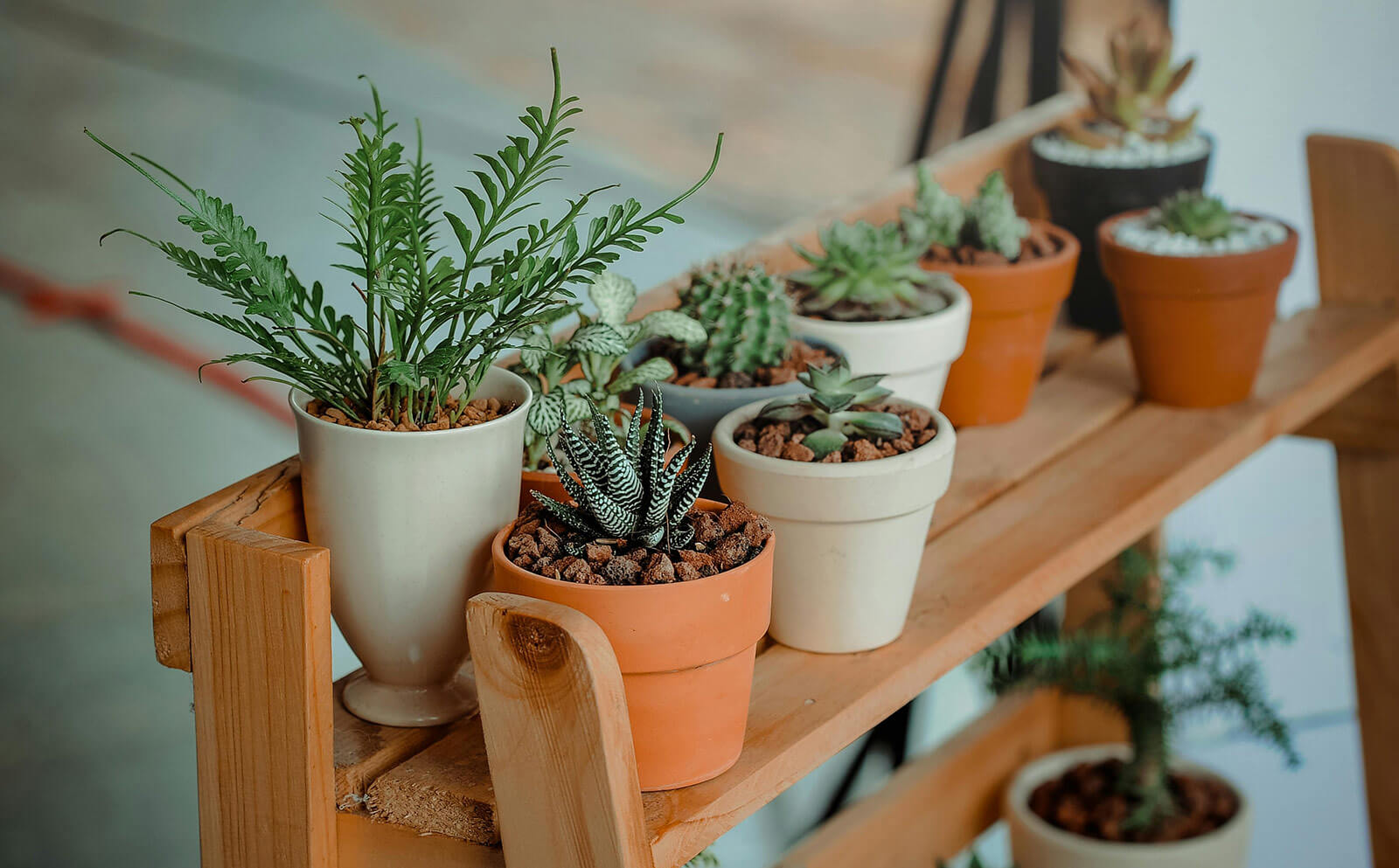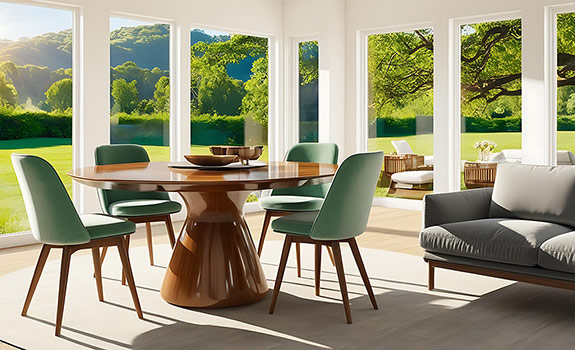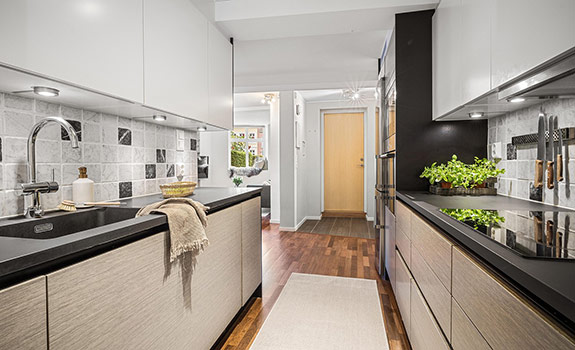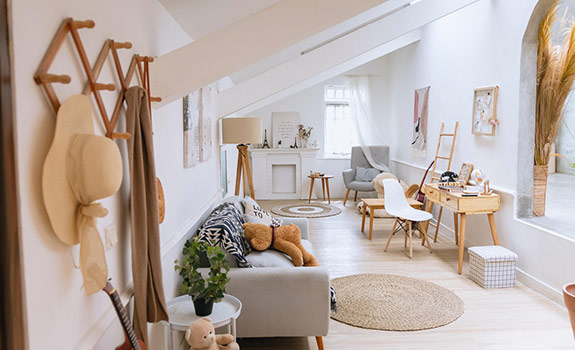A house should be a place that revitalizes the body and mind rather than just somewhere to dwell. Including natural elements into interior design is among the best approaches. Natural elements, whether organic materials, indoor plants, or nature-inspired designs, create peace and energy. Adopting plant-based design trends will help homeowners create a harmonious and captivating space that fits very well with the surroundings.
Including Inside Plants to Create a Fresh Environment

Plant-based design trends are a wonderful approach to adding a natural element to any living area. They not only improve aesthetics but also help to clean the air and produce a relaxing atmosphere. The current plant-based design trends include emphasizing biophilic design, which combines nature into architecture and interior spaces to improve well-being. From big potted trees in living rooms to cascading hanging plants in kitchens, greenery gives any area vitality. Popular selections such as fiddle leaf figs, monstera, and pothos flourish indoors and are perfect for city people trying to reconnect with nature.
Natural and Organic Materials for Home Construction
Plant-based interior design critically depends on natural wood, stone, and bamboo materials. Whether salvaged or sustainably produced, wooden furniture adds warmth and texture to a room; stone counters or accent walls create a classic, earthy look. Furthermore, rattan, jute, and woven materials create a rustic and natural atmosphere. By reducing reliance on synthetic substitutes, these materials improve a house’s visual attractiveness and support sustainability.
Optimizing Natural Light for a Healthier House
Sunlight plays a significant role in creating an uplifting and reviving home environment. Strategic mirror placement, skylights, and big windows help maximize natural light, lowering the demand for artificial lighting and raising mood and output. Arranging furniture near windows guarantees that living areas benefit from a lot of daylight, and soft, transparent curtains let sunlight in without dominating the space. Natural light controls circadian rhythms and increases vitamin D absorption, improving general well-being and adding to a house’s beauty.
Water Features and Natural Accents for a Calm Ambiance
Water’s soothing effects on the body and mind make it an ideal addition to a nature-inspired home. Little indoor fountains, tabletop water features, or even an aquarium can create a serene environment by introducing calming sounds. Stones, shells, and driftwood serve as ornamental accents that evoke the outdoors and give a house its unique character. These little elements create a calm and grounding atmosphere that supports leisure.
Conclusion
New energy for a house does not call for major renovations; rather, small modifications motivated by nature can greatly improve its ambiance. Rising plant-based design trends stress using organic materials, vegetation, and natural light to create fresh and rejuvenated rooms. Including these components in interior design will help homeowners create a living environment that looks great and supports harmony, leisure, and general well-being. A nature-infused house provides a haven with continuous access to the peace of the outdoors.
Published in: Home advice | Author: Lynn










